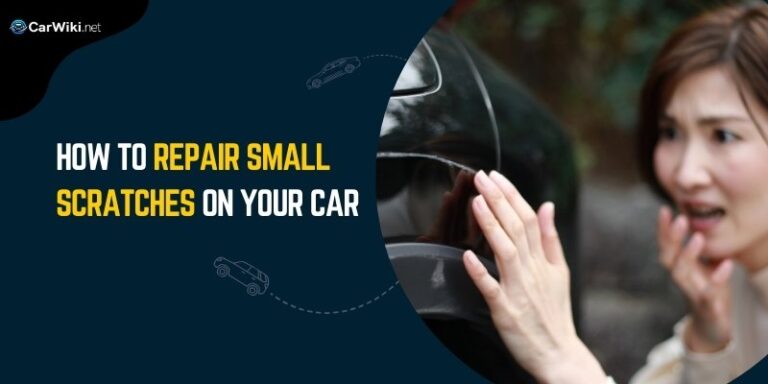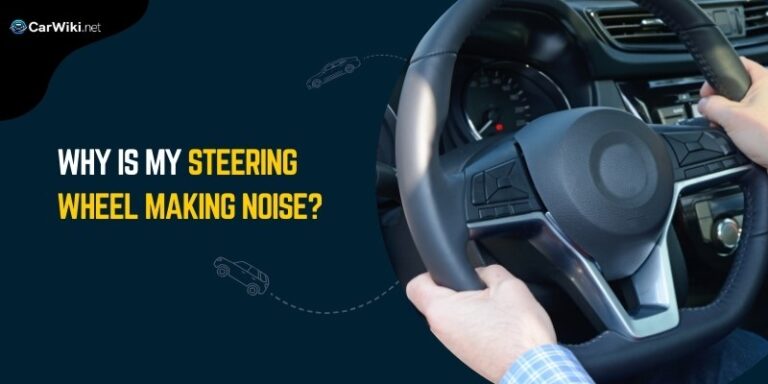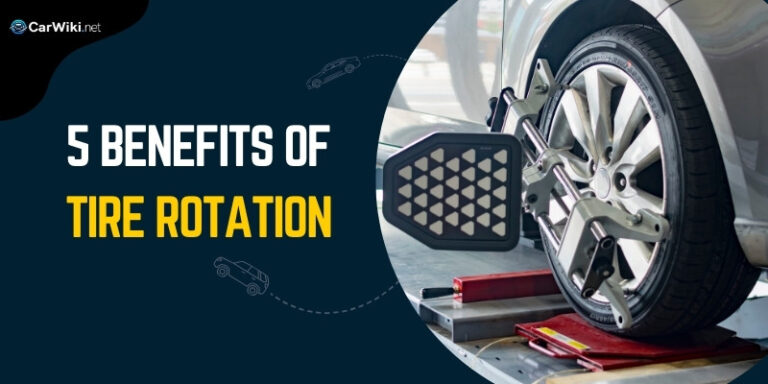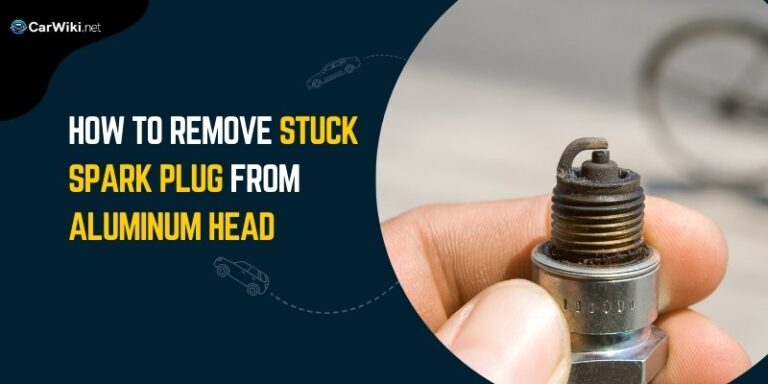A Guide to Basic Car Maintenance
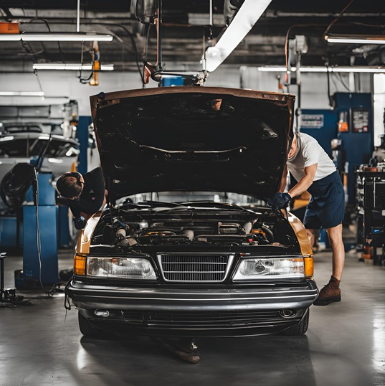
Introduction
Car maintenance is an essential aspect of owning a vehicle. It’s the key to ensuring your car’s longevity, safety, and optimal performance. Regular maintenance can prevent minor issues from escalating into major problems that could result in costly repairs or even a complete breakdown. The importance of maintenance cannot be overstated; it’s akin to taking care of one’s health – regular check-ups and preventive measures can ward off serious illnesses. The manufacturer’s recommendations for maintenance can typically be found in the vehicle’s owner’s manual. This invaluable resource provides a detailed maintenance schedule, tailored to the specific make and model of your vehicle, ensuring it gets the appropriate care it needs. As for the skill level required for car maintenance, it varies. Tasks like checking tire pressure, oil levels, and replacing wiper blades can be done by most car owners. However, more complex tasks such as changing the oil, replacing brake pads, or diagnosing engine issues may require a certain level of mechanical knowledge or the help of a professional. Regardless of your skill level, understanding the basics of car maintenance is beneficial for every car owner. It empowers you to take better care of your vehicle, potentially saving you time, money, and the inconvenience of unexpected car troubles. So, whether you’re a seasoned car enthusiast or a novice just starting your journey in car ownership, this comprehensive guide to basic car maintenance is for you. Let’s dive in!
Common Maintenance Items
1. Regular Oil Changes
Changing your car’s oil is one of the most fundamental aspects of maintenance. Oil lubricates the engine and absorbs heat, allowing the internal parts to work together effectively without overheating. As a rule of thumb, you should change your car’s oil every 3,000 to 12,000 miles, but this can vary depending on the make and model of your car or truck, the type of oil you use, and your driving habits – the manufacturers recommendations can normally be found in the owners manual.
Why Oil Changes are Important
The engine is the heart of your car, and oil is its lifeblood. Much like how our hearts pump blood throughout our bodies to keep us alive, the engine pumps oil to keep it running smoothly. Over time, engine oil breaks down and becomes contaminated with dust, dirt, and debris from the engine and the environment. When this happens, it can’t effectively do its job.
What Happens During an Oil Change
During an oil change, the old, dirty oil is drained from the engine, and the oil filter is replaced with a new one. Fresh, clean oil is then added back into the engine. The type and amount of oil required depends on your vehicle. Your vehicle’s owner’s manual will list the recommended oil type and capacity.
2. Tire Pressure and Rotation
Maintaining the correct tire pressure ensures optimal tire performance and longevity. It also increases your safety on the road. Check your tire pressure at least once a month and before long trips. Rotate your tires every 5,000 to 7,000 miles to ensure even tire wear.
The Importance of Correct Tire Pressure
Tire pressure can affect your car’s handling, fuel efficiency, ride comfort, and tire life. Driving with incorrect tire pressure can lead to tire failure or blowouts. Underinflated tires are more flexible, causing them to wear out faster on the edges. Overinflated tires are harder and can wear out faster in the middle.
Understanding Tire Rotation
Tire rotation involves moving tires from one position on the car to another to ensure even tire wear. Front tires tend to wear out faster than rear tires because they carry more of the car’s weight and take the brunt of impact from potholes and other road hazards.
3. Brake Inspection
Brakes are essential for your safety. Have your brakes checked regularly by a professional, especially if you notice any changes in performance (e.g., if the car pulls to one side when braking or if you hear unusual noises).
Why Brake Inspections are Crucial
Your car’s brake system is its most critical safety system and you should check it immediately if you suspect any problems. A properly operating brake system helps ensure safe vehicle control and operation under a wide variety of conditions.
What Happens During a Brake Inspection
During a brake inspection, the entire brake system is checked; this includes the following: the brake pedal, brake fluid, brake lines and hoses, and the brake assemblies (whether they are disc brakes or drum brakes).
4. Battery Maintenance
A car battery typically lasts 3-5 years. Keep the battery clean because a dirty battery can discharge across the grime on top of the battery casing. Inspect the battery for any corrosion around the connectors and clean it as necessary.
Understanding Car Battery Maintenance
Car batteries store the energy produced by your alternator to power the electrical components of your car. Regular maintenance of your car battery not only extends its life but also ensures your car has enough power to start and run properly.
How to Maintain Your Car Battery
To maintain your car battery, ensure the battery terminals are clean and tightly connected, the battery is securely mounted, and the battery case is clean. If the battery terminals are corroded, clean them with a mixture of baking soda and water.
5. Fluid Levels
Your car relies on several fluids to operate: brake fluid, power steering fluid, transmission fluid, and coolant. Check these fluid levels regularly and top them up as needed.
The Role of Car Fluids
Each fluid in your car has a specific role. For example, brake fluid helps to transfer the force of pushing the brake pedal to the car’s brakes. Power steering fluid helps you turn the car easily. Transmission fluid keeps your transmission running smoothly. Coolant keeps your engine from overheating.
Checking and Maintaining Fluid Levels
Checking your car’s fluid levels regularly can help you avoid serious problems. Refer to your car’s owner’s manual to see where the fluid reservoirs are located. If a fluid level is low, top it up. If it’s consistently low, your car may have a leak, and you should have it checked by a professional.
6. Air Filter Replacement
The air filter is a crucial component that ensures only clean air enters your engine. It filters out harmful debris such as dust, pollen, sand, and even rubber particles. Over time, these contaminants can clog the air filter, leading to reduced air flow to the engine. This can result in decreased performance and fuel efficiency, and increased engine wear.
Replacing the air filter is a relatively simple and cost-effective maintenance task. A clean air filter can improve fuel efficiency, reduce emissions, and prolong engine life. The frequency of replacement depends on your driving conditions. If you often drive in dusty or polluted environments, you may need to replace the air filter more frequently.
7. Spark Plug Replacement
Spark plugs play a vital role in your engine’s operation. They ignite the air-fuel mixture in the combustion chamber, creating the explosion that powers your engine. Over time, spark plugs can wear out or become fouled with carbon deposits, leading to weak or inconsistent sparks.
A worn or fouled spark plug can cause a variety of problems, including engine misfires, rough idling, poor fuel economy, and difficulty starting the engine. Replacing your spark plugs at the recommended intervals can keep your engine running smoothly and efficiently.
8. Serpentine Belt Replacement
The serpentine belt, also known as the drive belt, powers various accessories attached to the engine, such as the alternator, power steering pump, water pump, and air conditioning compressor. Over time, the belt can wear out or become damaged due to heat, friction, and tension.
A worn or damaged serpentine belt can slip or break, leading to a loss of function in the accessories it powers. This can result in a variety of problems, including overheating, loss of power steering, battery discharge, and air conditioning failure. Regular inspection and timely replacement of the serpentine belt can prevent these issues.
9. Radiator Flush
The radiator is a key component of your car’s cooling system. It dissipates the heat from the coolant that has absorbed heat from the engine. Over time, the coolant can become contaminated with rust, scale deposits, and other debris, which can reduce its effectiveness and potentially clog the radiator and damage the engine.
A radiator flush involves draining the old coolant, flushing the system with a radiator cleaner to remove contaminants, and then filling the system with fresh coolant. This can help maintain your engine’s operating temperature, prevent overheating, and prolong the life of your cooling system.
10. Fuel Filter Replacement
The fuel filter is responsible for keeping dirt, rust particles, and other contaminants out of your fuel. These contaminants can clog the fuel injectors, leading to reduced engine performance and fuel efficiency.
A clogged fuel filter can also strain the fuel pump, potentially leading to its failure. Regular replacement of the fuel filter can ensure a clean fuel supply to your engine, improving performance and fuel efficiency, and prolonging the life of the fuel pump and injectors.
When to Perform Maintenance
While the above guidelines provide a general idea, the best source of information about when to perform maintenance is your car’s owner’s manual. The manufacturer provides a maintenance schedule based on the design and testing of the specific model. Adhering to this schedule will help ensure your car’s longevity and performance.
Types of Maintenance
1. Routine Maintenance
Routine maintenance is the regular upkeep of your vehicle to ensure it continues to operate safely and efficiently. This type of maintenance is typically performed at set intervals, often determined by your vehicle’s mileage or age. Examples of routine maintenance include:
- Oil Changes: As mentioned earlier, oil changes are crucial for the health of your engine. Over time, engine oil can become contaminated with dust, dirt, and debris from the engine and the environment. Regular oil changes help keep your engine clean and running smoothly.
- Tire Rotation: Regular tire rotation helps ensure even tire wear, which can extend the life of your tires and improve your vehicle’s handling and fuel efficiency.
- Filter Changes: Your vehicle has several filters (oil, air, fuel, cabin) that need to be replaced regularly to ensure your vehicle runs efficiently and the air quality inside your vehicle is clean.
- Spark Plug Replacement: Spark plugs ignite the air-fuel mixture in your engine’s combustion chamber. Over time, they can wear out and affect your vehicle’s performance and fuel efficiency.
2. Preventive Maintenance
Preventive maintenance involves inspecting and replacing parts to prevent potential problems before they become major issues. This type of maintenance can save you time, money, and stress in the long run. Examples of preventive maintenance include:
- Timing Belt Replacement: The timing belt synchronizes the rotation of the crankshaft and the camshaft so that your engine’s valves open and close at the correct times. If it fails, it can cause significant engine damage.
- Transmission Fluid Change: Transmission fluid lubricates, cools, and cleans the components of your vehicle’s transmission. Over time, it can become contaminated and lose its effectiveness, potentially leading to costly transmission damage.
- Coolant Flush: The coolant absorbs heat from the engine and dissipates it through the radiator. Over time, it can become contaminated and lose its ability to cool the engine, potentially leading to overheating.
- Brake Pad Replacement: Brake pads provide the friction needed to slow and stop your vehicle. Over time, they wear down and need to be replaced to ensure your vehicle can stop effectively when needed.
3. Corrective Maintenance
Corrective maintenance is performed after a fault or problem has occurred. This type of maintenance can range from minor repairs to major overhauls. Examples of corrective maintenance include:
- Flat Tire Repair: If you get a flat tire, it will need to be repaired or replaced.
- Battery Replacement: If your vehicle’s battery dies, it will need to be replaced.
- Alternator Repair: The alternator charges your vehicle’s battery and powers the electrical system while your vehicle is running. If it fails, it will need to be repaired or replaced.
- Radiator Repair: The radiator cools the engine by dissipating the heat from the coolant. If it leaks or gets clogged, it will need to be repaired or replaced.
4. Cosmetic Maintenance
Cosmetic maintenance involves tasks that keep your car looking its best. While these tasks don’t necessarily affect your vehicle’s performance, they can impact its resale value and your enjoyment of it. Examples of cosmetic maintenance include:
- Car Washing: Regular car washing removes dirt, dust, and road salt that can damage your vehicle’s paint and undercarriage.
- Waxing: Waxing your vehicle not only makes it shine, but it also provides a protective barrier against scratches and the elements.
- Interior Cleaning: Regularly cleaning the interior of your vehicle can keep it looking and smelling fresh. This can include vacuuming the carpets, wiping down the dash, and cleaning the seats.
- Paint Touch-Ups: If your vehicle gets a scratch or chip in the paint, touching it up can prevent rust and keep your vehicle looking its best.
By understanding these types of maintenance and incorporating them into a regular schedule, you can help ensure your vehicle stays in top shape for years to come. Remember, a well-maintained vehicle is more reliable, safer to drive, and has a higher resale value. So, it’s worth taking the time to maintain your vehicle properly
Conclusion
Regular maintenance is crucial to keep your car running smoothly and safely. By following the manufacturer’s recommended maintenance schedule and understanding the types of maintenance your car needs, you can ensure your vehicle stays in top shape for years to come.
